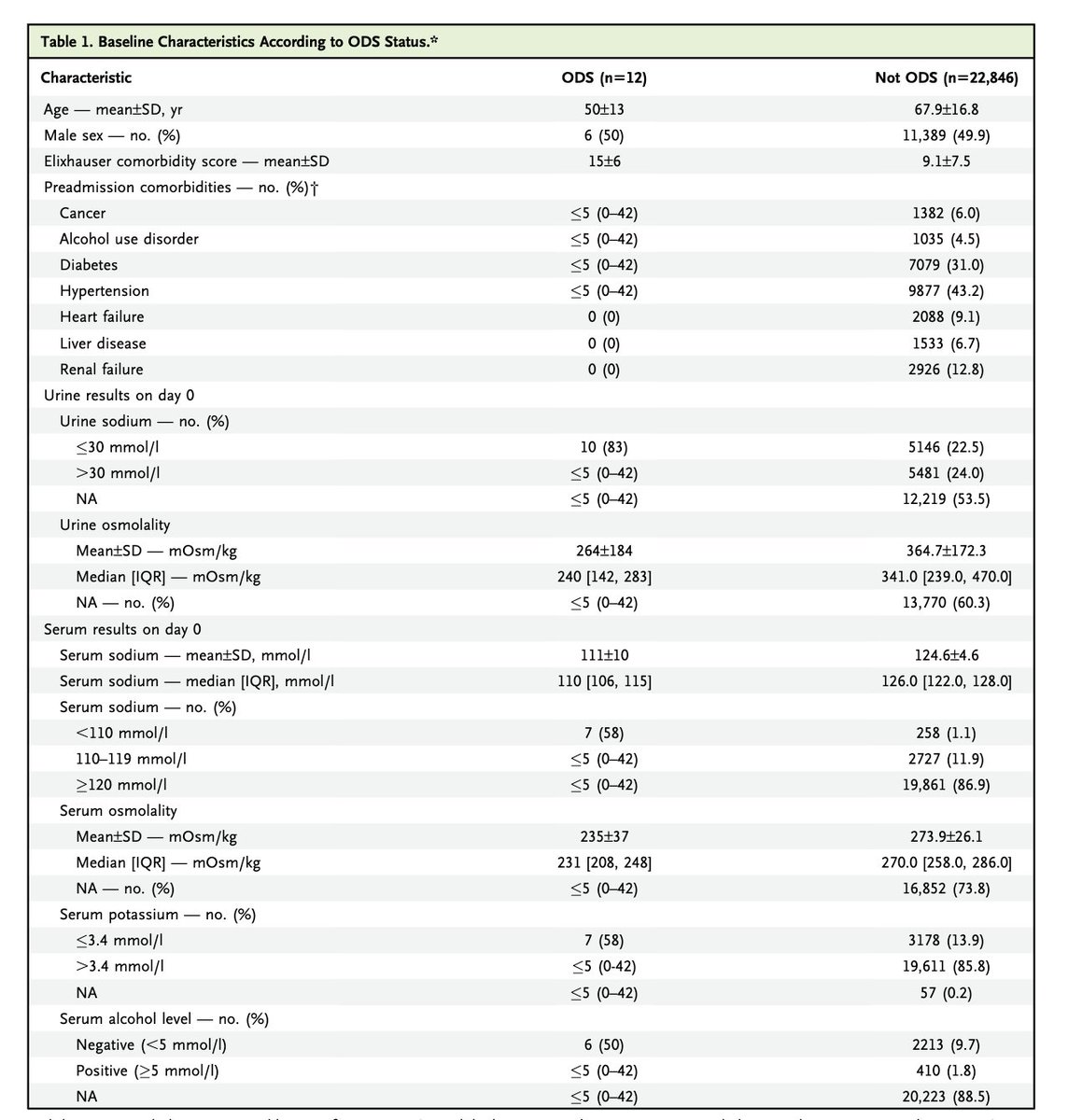How to write a letter of recommendation for nephrology fellowship:
1. know your audience. Offer to write letters to programs where you know key people. When I read letters from people I know it moves the needle. Otherwise not so much.
1. know your audience. Offer to write letters to programs where you know key people. When I read letters from people I know it moves the needle. Otherwise not so much.
2. Be honest. Don't lie and exaggerate the skills of an applicant. We received a letter with glowing praise for a fellow who turned out to be less than stellar. I no longer trust that program's LOR. In this game it is one strike and you are out.
2b. Feel free to say no. If you can't write a superior letter of rec, tell the applicant to look elsewhere for a letter.
3. Don't regurgitate the applicants CV. I have the CV. I know about her posters and his presentations. Tell me what can't get reported on a CV.
4. Do not put the cryptic, "Call me if you have any questions." It sounds friendly, but it says to me, "I have concerns that I'm not comfortable putting down on paper." I have never called, but it is a red flag.
What am I missing?
• • •
Missing some Tweet in this thread? You can try to
force a refresh

























